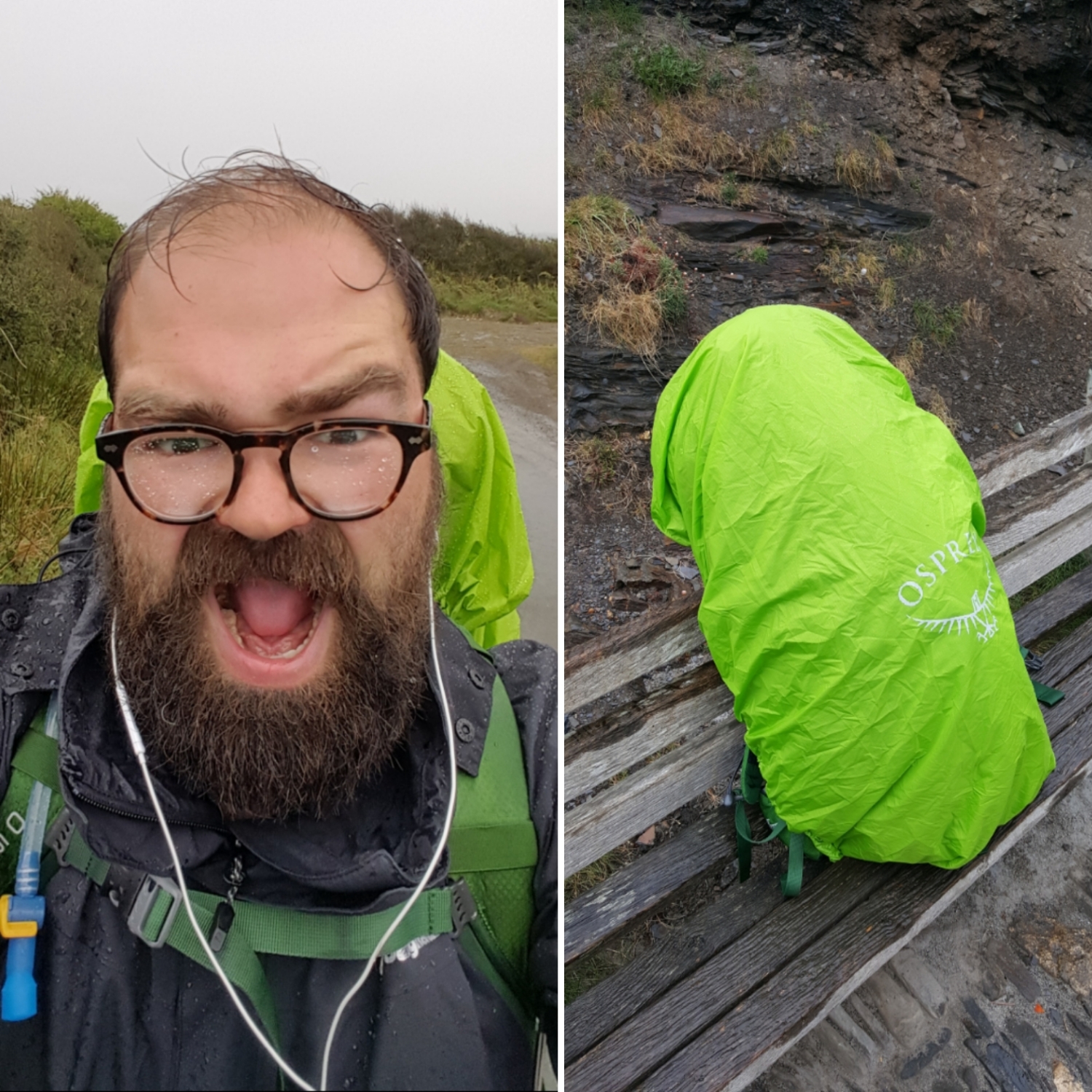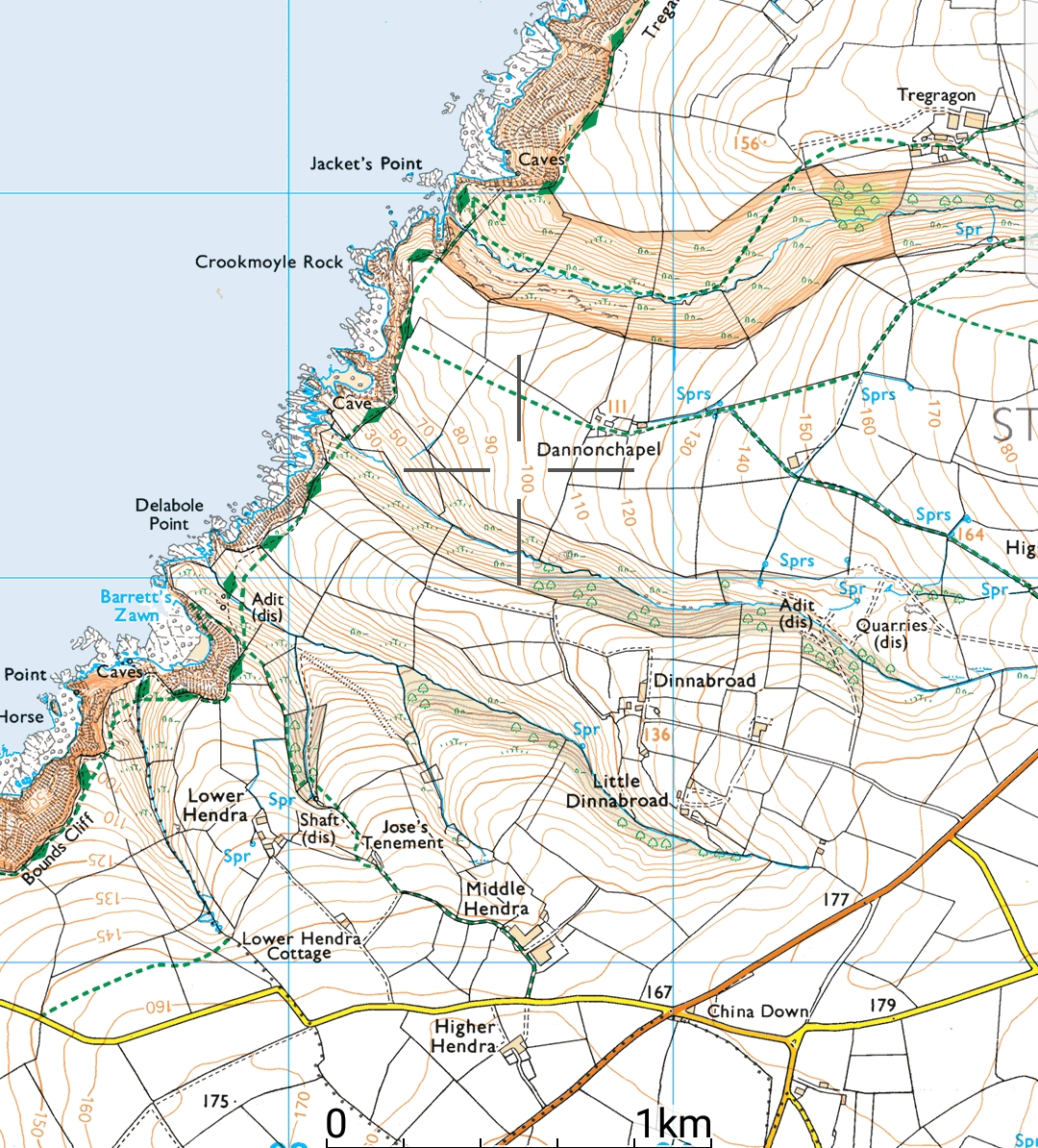I spend my rest day pottering around Bath and exploring a couple of museums:
- The Holburne Museum housing the collection of the 18th Century Sir Thomas William Holburne.
- The Herschel Museum of Astronomy which is the preserved house of William Herschel and his sister Caroline and in whose garden William discovered Uranus.
And then to my days walk from Bath to Bristol which can be summed up by one word: RAIN
RRRRRRRRRRRRRRRRRRRRRRRRRRRRRRRRRRRAAAAAAAAAAAAAAAAAAAAAAAAAA IIIIIIIIIIIIIIIIIIIIIIIIIIIIIIIIIIIIIII NNNNNNNNN
All day, just rain.
I start by crossing the city via the Royal Crescent and then to the Royal Victoria Park heading down to the River Avon.
I pick up the cycle route which follows the old railway line between the cities.
I shelter for some lunch in a hut at the Bird in Hand Petanque Club.
Following the cycle path I reach the site of the old Kelston Railway Station. The station was built on land sold by Mr Inigo Jones of Kelston who directed where the station should be positioned despite it having no road access - passengers had to walk to the station. Mr Jones also retained the right to stop any train passing through with 24 hours notice.
I cut off the cycle path at Willsbridge and follow main roads through suburban Bristol into the city.
Reaching my friend Vicks, and a night in with a curry, just as the rain stops.






































































































































































































































